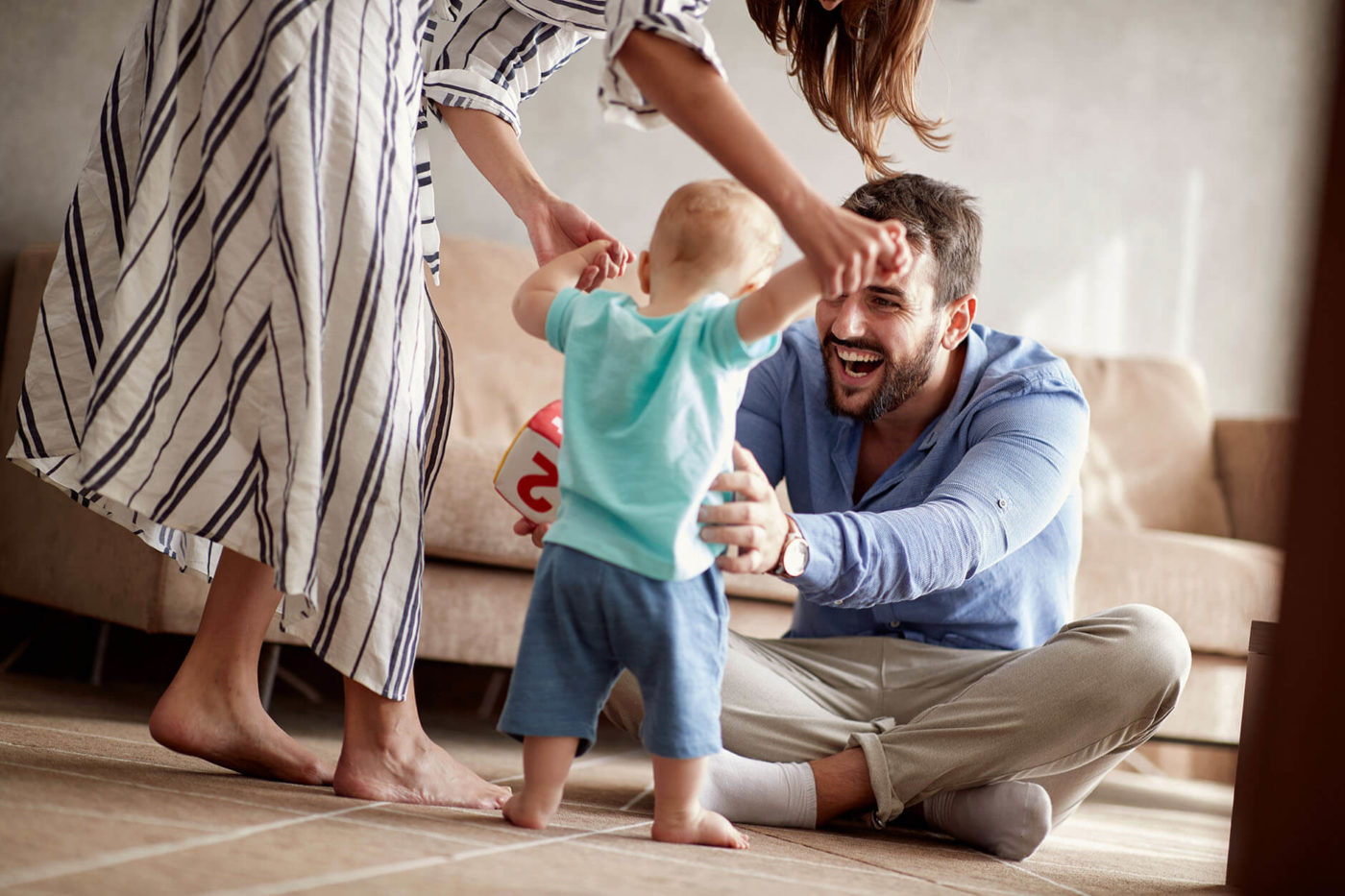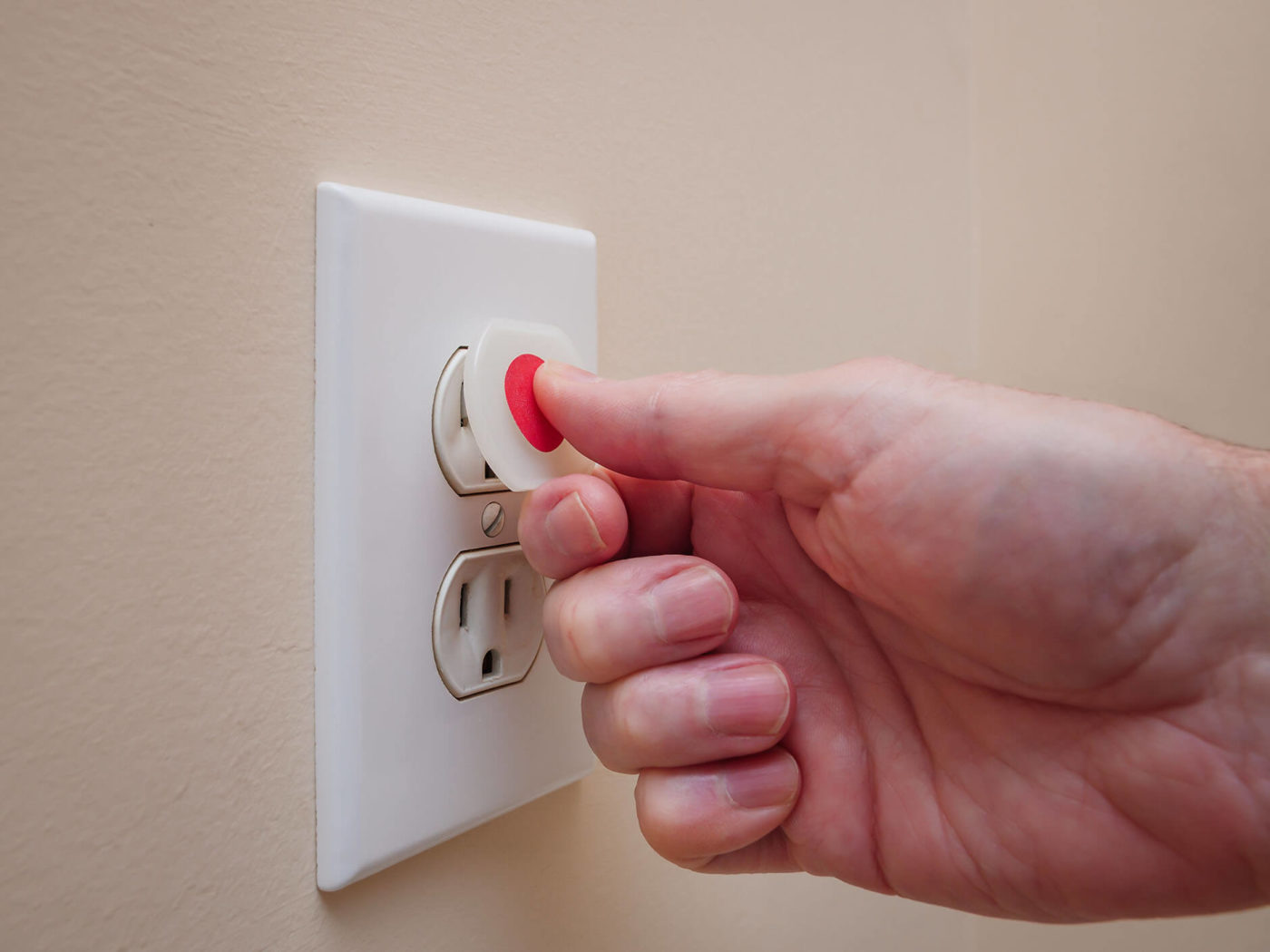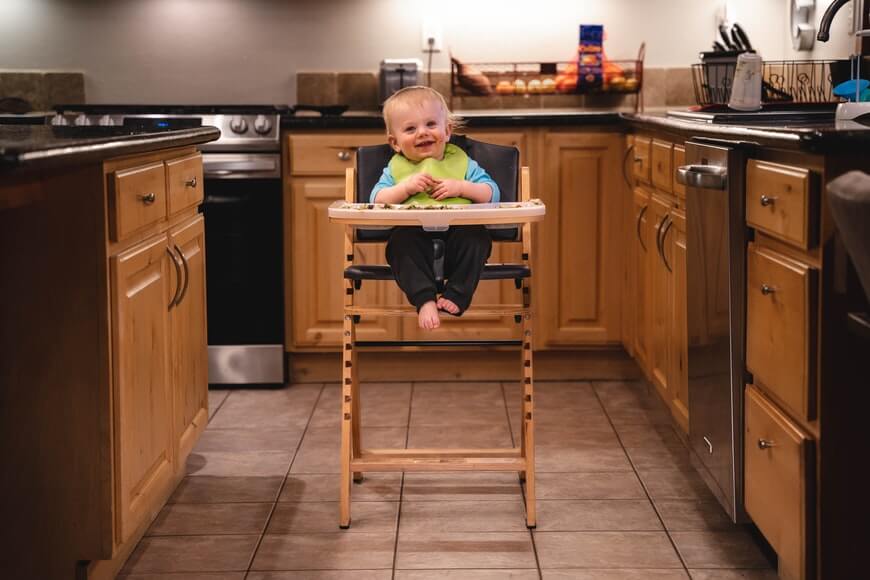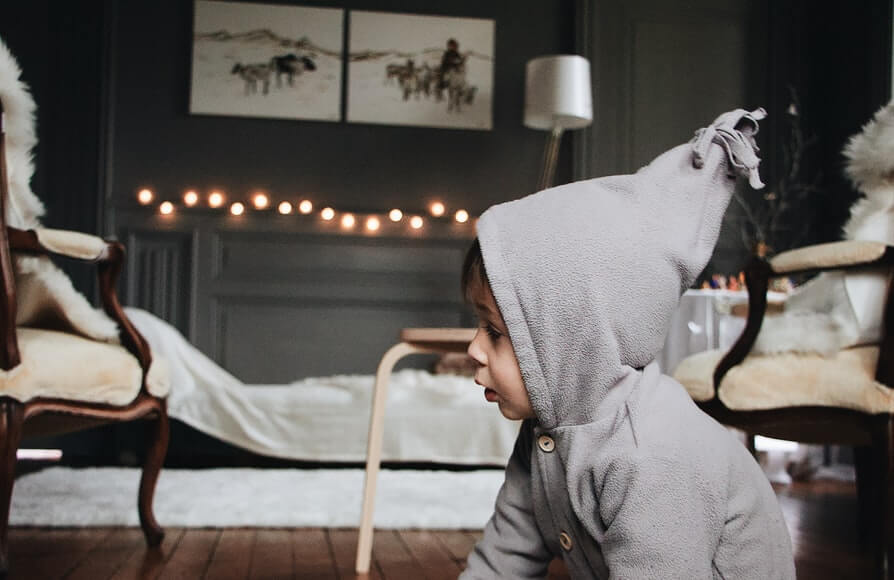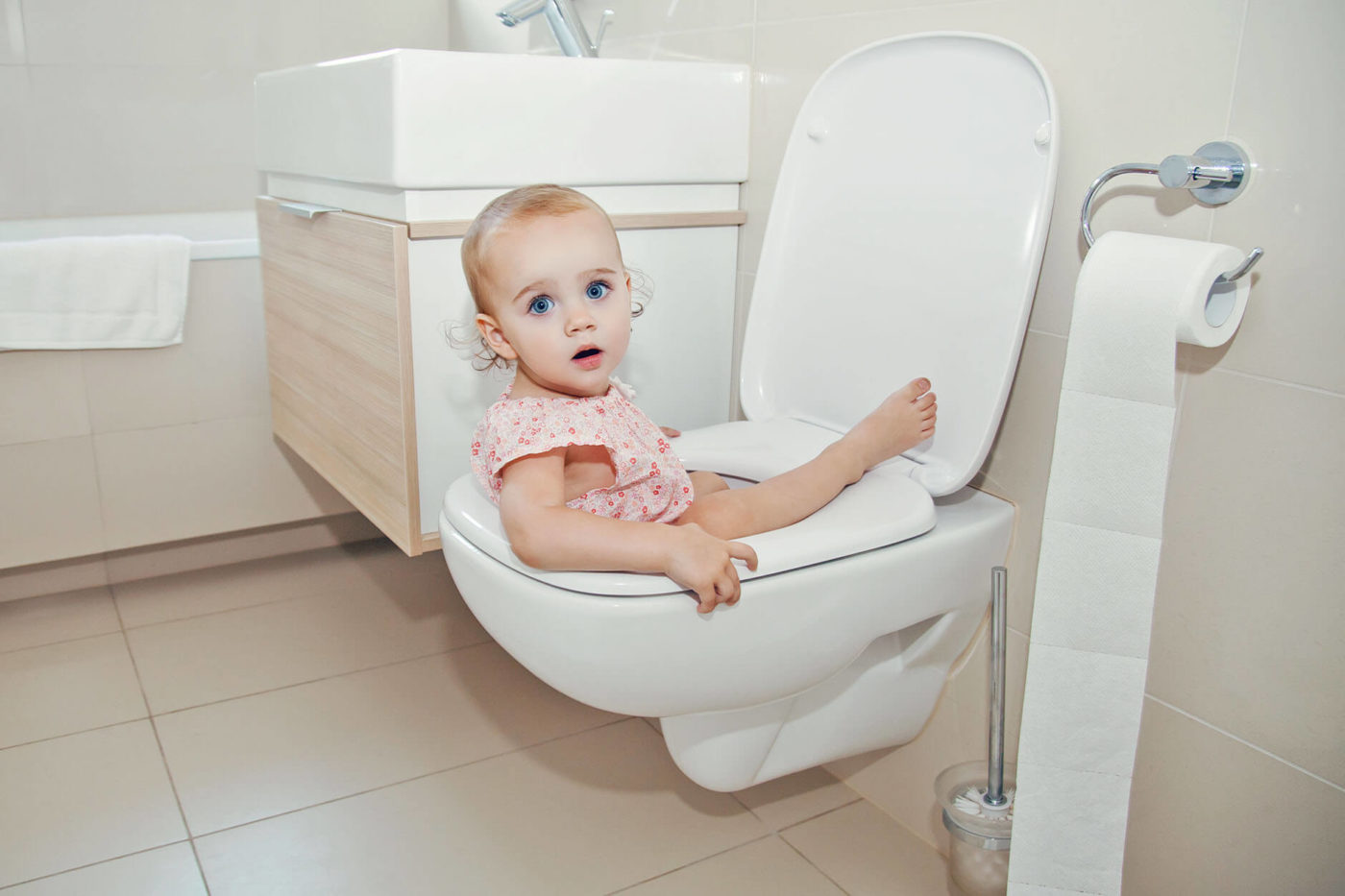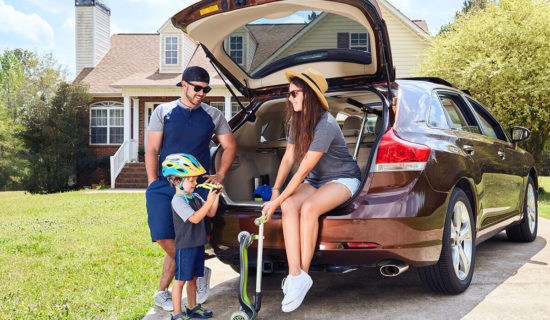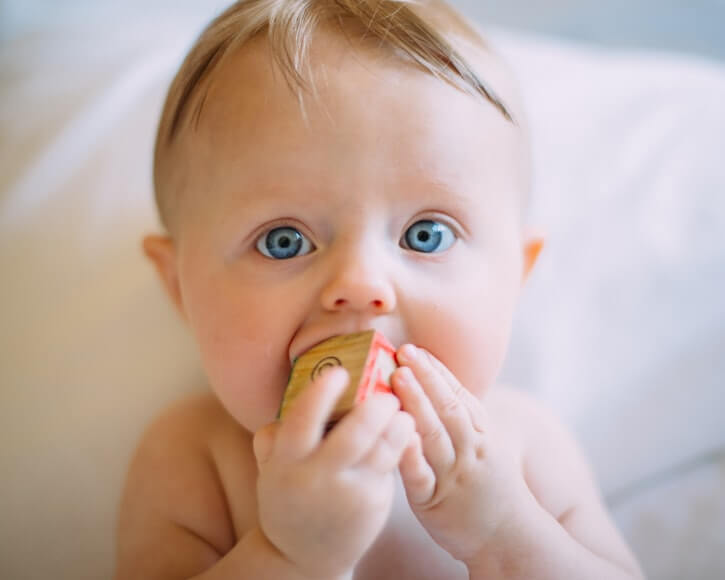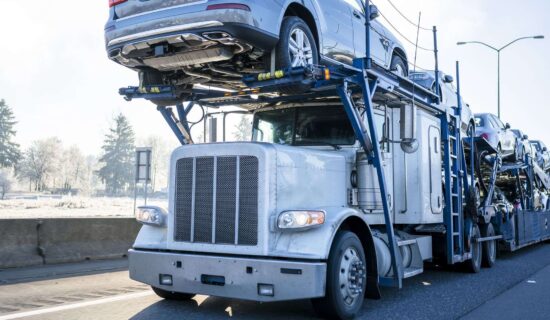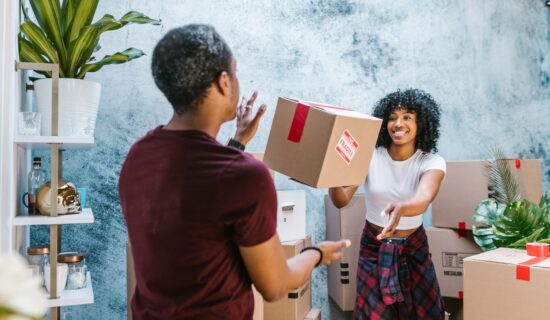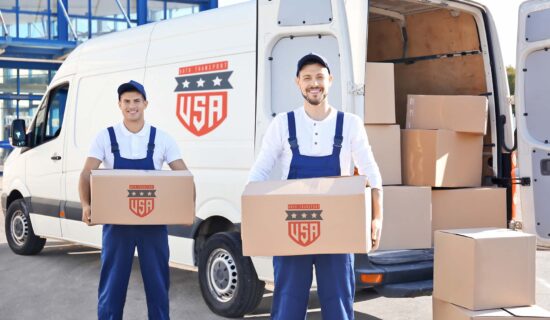Step 5. Take Care of the Rest of the Home – Don’t Stop Now
Of course, there is something to be done in every area – don’t stop now. Even though now you are done with the most important rooms, we suggest you don’t give up the task at this point – there are still essential things to be done. Whatever your reasons to move were, we are certain that you feel tired after it.
All this work on top of everything can be overwhelming, especially if you are experiencing depression after moving. However, let us give you one more moving tip – some seemingly less critical areas of the residence still must be kid-proofed, even if they won’t spend much time there or use the space. Check off the following tasks from the list:
- Place a gate at the top and bottom of all stairs.
- Check if you have any poisonous plants, and if you do, remove them.
- Place door knob covers on the doors that lead to unsafe rooms.
- Keep any choking hazards out of sight – any tiny objects that a kid can swallow.
- Always lock your doors, especially if you have a pool in the yard – kids could fall in.
- Store your medication out of kids’ reach so they don’t accidentally take something.
- Install a toilet lock to prevent your little one from falling in.
